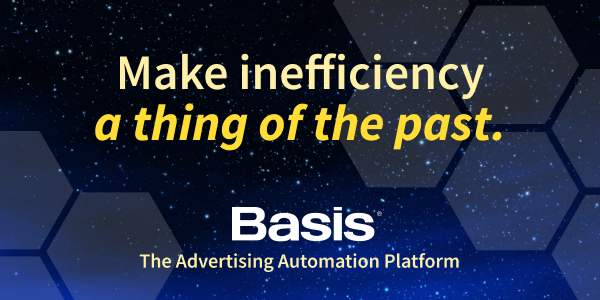For all of the ad tech industry’s sophistication, fragmentation remains its original sin.
The solution isn’t a mystery. Everyone agrees that greater interoperability is the answer. So what’s standing in the way?
For many platforms, keeping data locked inside a single ecosystem ensures revenue, even if it makes life harder for buyers. Most advertisers juggle three or more DSPs, plus multiple social, search and retail media platforms, with reporting often held together by Scotch tape and bubble gum.
The real path forward is clear: Platforms must connect and “play nice,” even with competitors.
Think of how cars didn’t truly transform society on their own. They only became revolutionary once highways allowed them to travel farther, faster and more efficiently. Ad tech is in a similar position. The “highways” are shared data pathways that let buyers compare, optimize and shift spend seamlessly. Without them, even the most advanced AI tools will remain limited and stuck behind the bottleneck of siloed systems.
Fragmentation frustration has boiled over
Agencies and brands are under relentless pressure to do more with less, making efficiency a prerequisite for survival. Yet fragmentation creates ubiquitous friction.
Every buyer knows the pain. Campaign data lives in silos across DSPs, search, social, retail media and direct deals. Reporting is too often cobbled together in spreadsheets, full of mismatched numbers, manual errors and broken naming conventions.
The cost goes well beyond frustration. This is about wasted time and missed opportunity. After hours spent on manual reporting, agencies still only get a partial view of performance and a patchwork story for stakeholders. In fact, according to a Basis survey earlier this year, 56% of agency professionals cite inefficient processes as the top challenge facing their organization.
Meanwhile, AI is only generating more data rather than simplifying the process, which is magnifying the fragmentation problem. This will continue to happen unless the foundation changes.
AdExchanger Daily
Get our editors’ roundup delivered to your inbox every weekday.
Daily Roundup
AI’s promise is sitting on the other side of a major barrier. No matter how advanced downstream automation becomes, it can’t outrun all the manual spreadsheet juggling and reporting that happens upstream.
What interoperability really looks like
The industry can’t keep settling for the status quo. We’ve seen promises of interoperability before, but most amount to little more than surface-level dashboards that pull raw data feeds without making them actionable.
True interoperability means agencies and brands have the ability to see the entire picture and act on it. It requires connectivity across the platforms they use – even if they’re competitors vying for the same budgets – so data can flow freely. It requires cross-platform visibility that breaks down channel silos and unifies platforms to buy direct, search, social, retail media and the open web in one view. And, most importantly, it requires systems that move beyond simple visualization. Reporting should connect directly to budgets and KPIs, track pacing against targets, surface real-time alerts and point teams toward the actions that matter most.
This is the difference between stitching together data for a static chart and enabling media teams to make faster, smarter decisions that direct spend to where it will have the greatest impact.
Overcoming ad tech’s original sin
Solving fragmentation depends on DSPs and other ad tech partners doing the hard work of building connections and realigning incentives so everyone has a business interest in delivering transparency.
Some of us have been at this for years, starting with one-way “pulls” of data that mature into two-way workflows, where campaigns can be built in a single system and pushed into external platforms. Other companies followed this example, working to pull together raw data streams and transform them into integrated, meaningful information.
Could the next frontier in interoperability see DSPs ingesting competitor data and deepen API connections across walled gardens?
Such an arrangement would allow marketers to compare performance of multiple DSPs in a single interface to optimize accordingly. The significance isn’t just in displaying numbers side by side; it’s in tying those numbers back to live pacing and KPIs, surfacing alerts and prioritizing the next best action.
This is what’s possible when platforms lean into interoperability instead of avoiding it. It points toward a future where vendor-agnostic transparency gives agencies and brands a complete, actionable view of their investments, including what’s available, what’s working and what isn’t while also allowing them to make smarter, faster and more informed decisions at scale.
From fragmented frustration to smarter systems
Ad tech has lived with fragmentation for too long. But, today, rising efficiency pressures, AI’s data surge and growing client demand all point to the end of the fragmentation era.
The industry needs to shift its focus from building faster “cars” to building better highways – transparent, connected systems that reduce errors, free teams to focus on strategy and better guide effective spending.
Automated, vendor-agnostic transparency will be the expectation, not the exception. Technology providers that fail to deliver risk losing the satisfaction of customers. Marketers are now demanding ad tech that delivers on its original promise: clarity, efficiency and the power to put every dollar to its best possible use.
For more articles featuring Grace Briscoe, click here.















